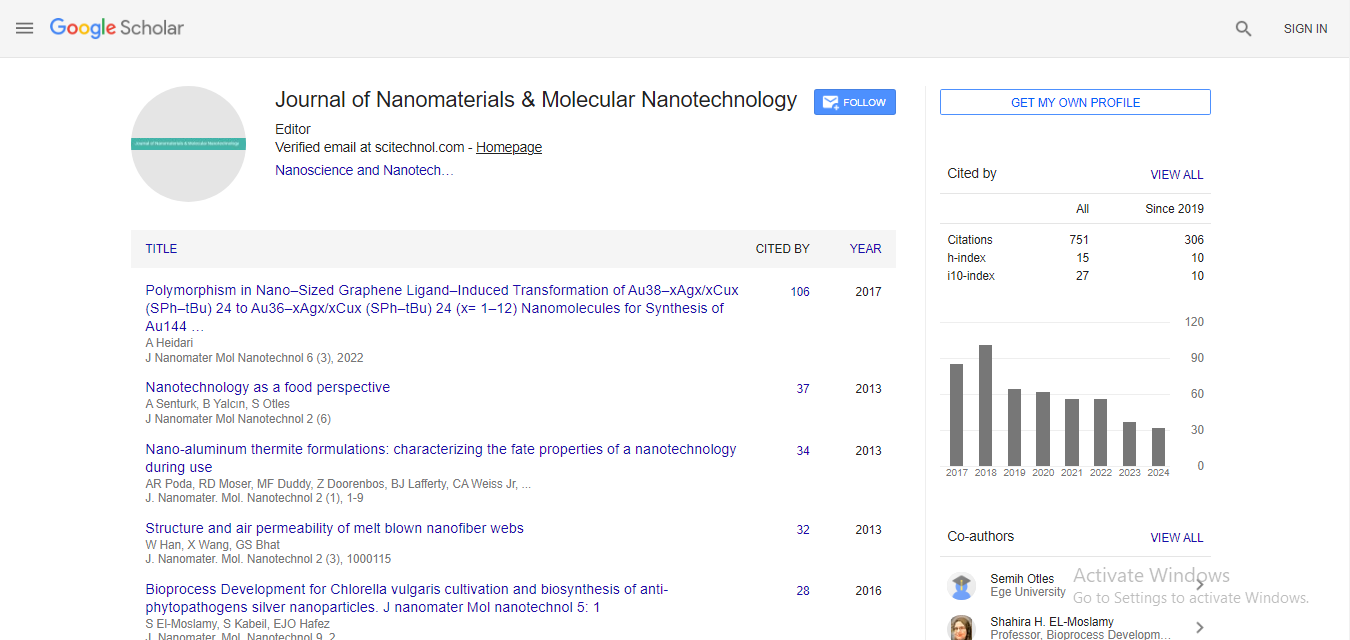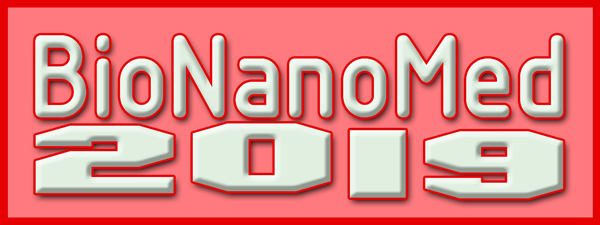Nanotechnology for articular cartilage regeneration
Laila M Montaser and Sherin M Fawzy
Menoufia University, Egypt
Nanotechnology and Tissue Engineering Group (SRNT), Egypt
: J Nanomater Mol Nanotechnol
Abstract
Cartilage defects represent common and severe clinical problems. Although traditional therapies have been used to treat cartilage defects clinically, there still exist many shortcomings such as insufficient donor cartilage. Therefore, tissue engineering which aims to create novel and improved tissue and organ substitutes has evoked increasing interest for cartilage repair. Although stem cells hold great potential for the treatment of many injuries and degenerative diseases, several obstacles must be overcome before their therapeutic application can be realized. These include the development of advanced techniques to understand and control functions of micro environmental signals and novel methods to track and guide transplanted stem cells. A major complication encountered with stem cell therapies has been the failure of injected cells to engraft to target tissues. The application of nanotechnology to stem cell biology would be able to address those challenges. Advancements in the fields of stem cell biology and biomaterials science and engineering have been combined to produce strategies by which stem cell attachment; proliferation and differentiation in vitro are supported and enhanced. Before transplantation, cells are generally seeded on biomaterial scaffolds that recapitulate the extracellular matrix and provide cells with information that is important for tissue development. In this manuscript, we offer our view on the applying nanotechnology and present current and emergent approach in the field of articular cartilage tissue engineering for specific application. The application of nanotechnology to stem cell biology would be able to address the challenges of the failure of injected cells to engraft to target tissues.
Biography
E-mail: lailamontaser@gmail.com
 Spanish
Spanish  Chinese
Chinese  Russian
Russian  German
German  French
French  Japanese
Japanese  Portuguese
Portuguese  Hindi
Hindi 



